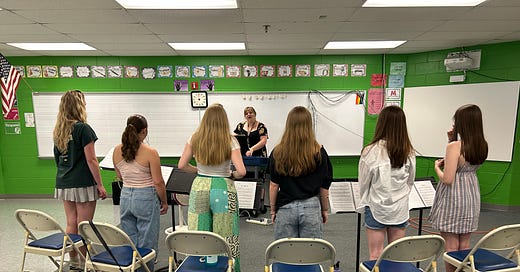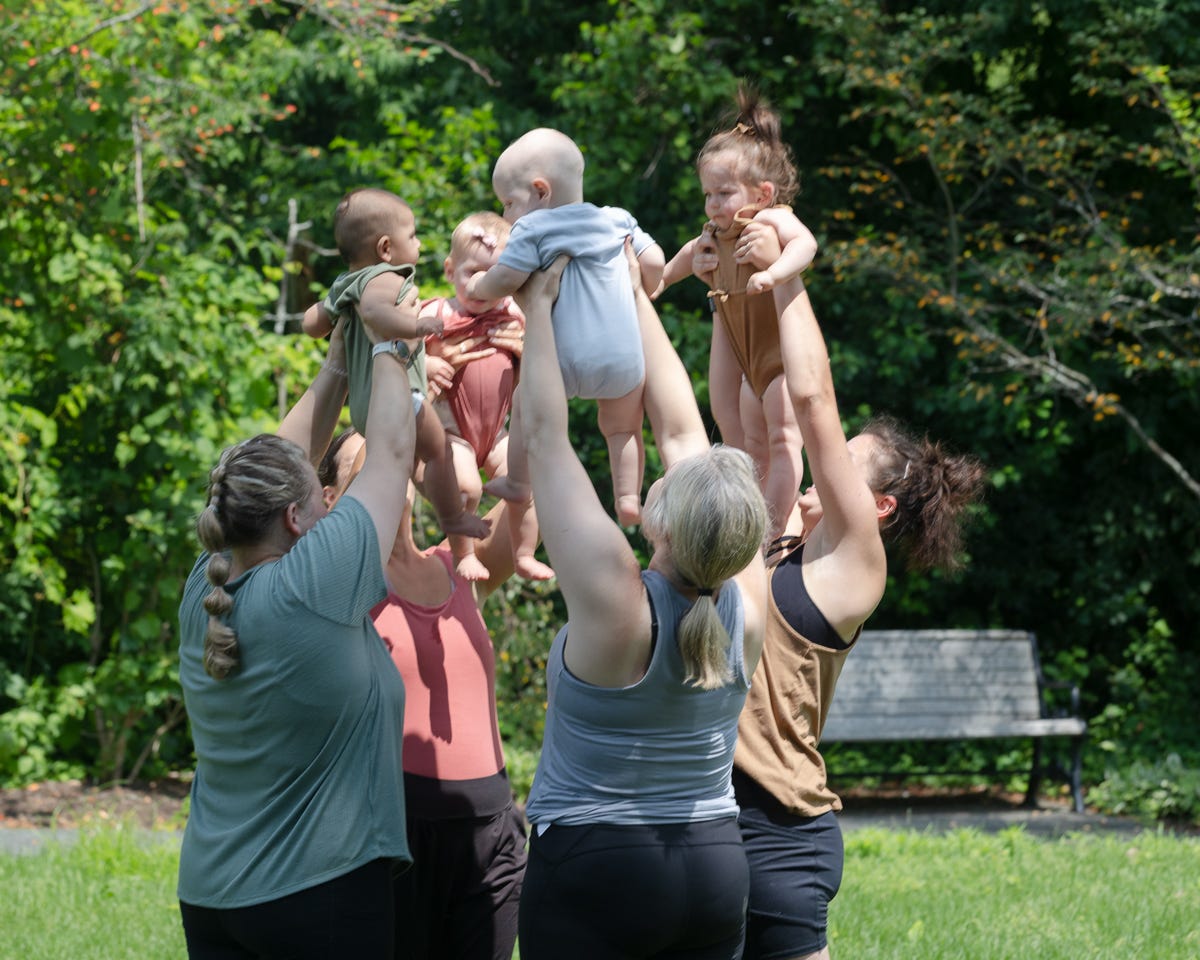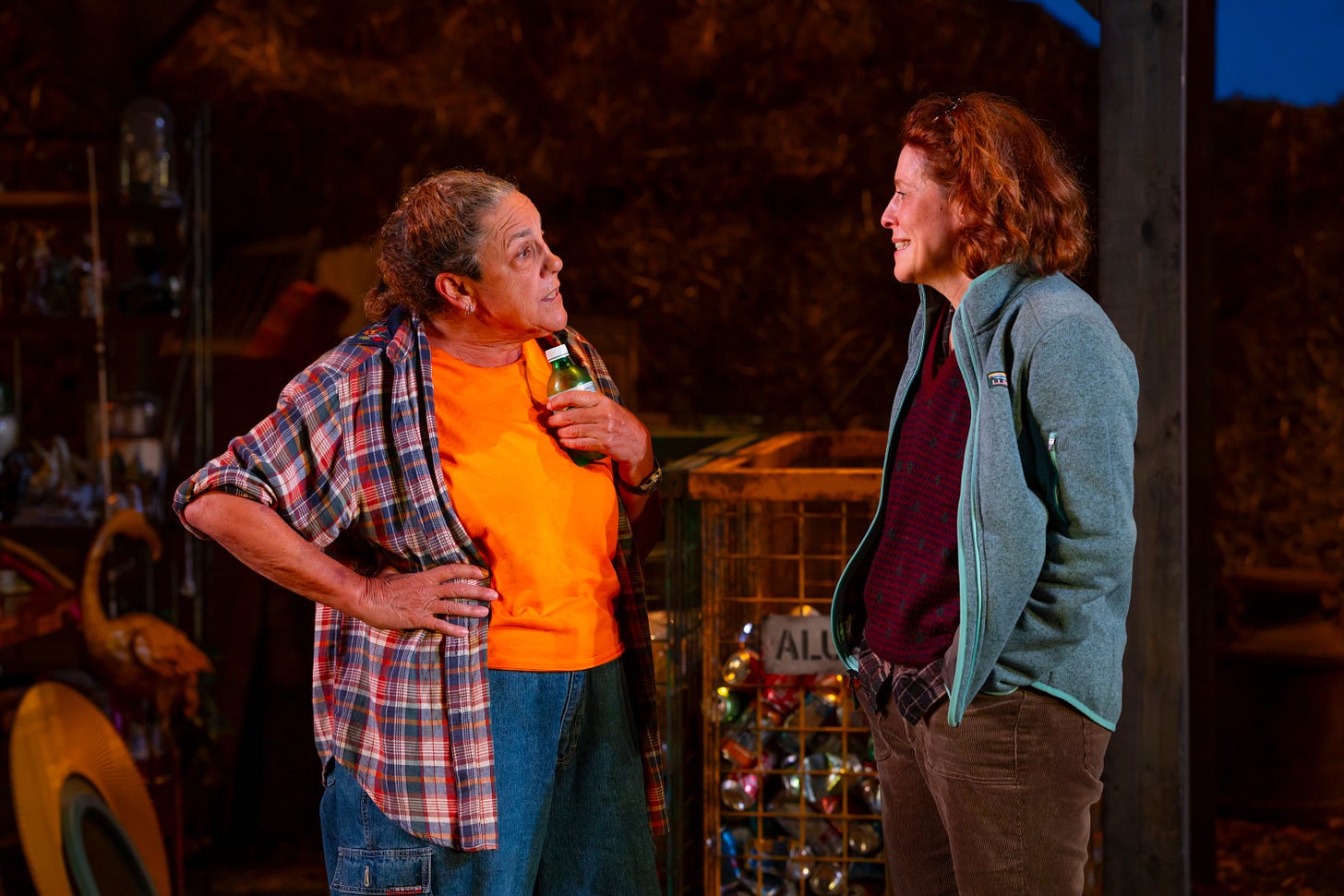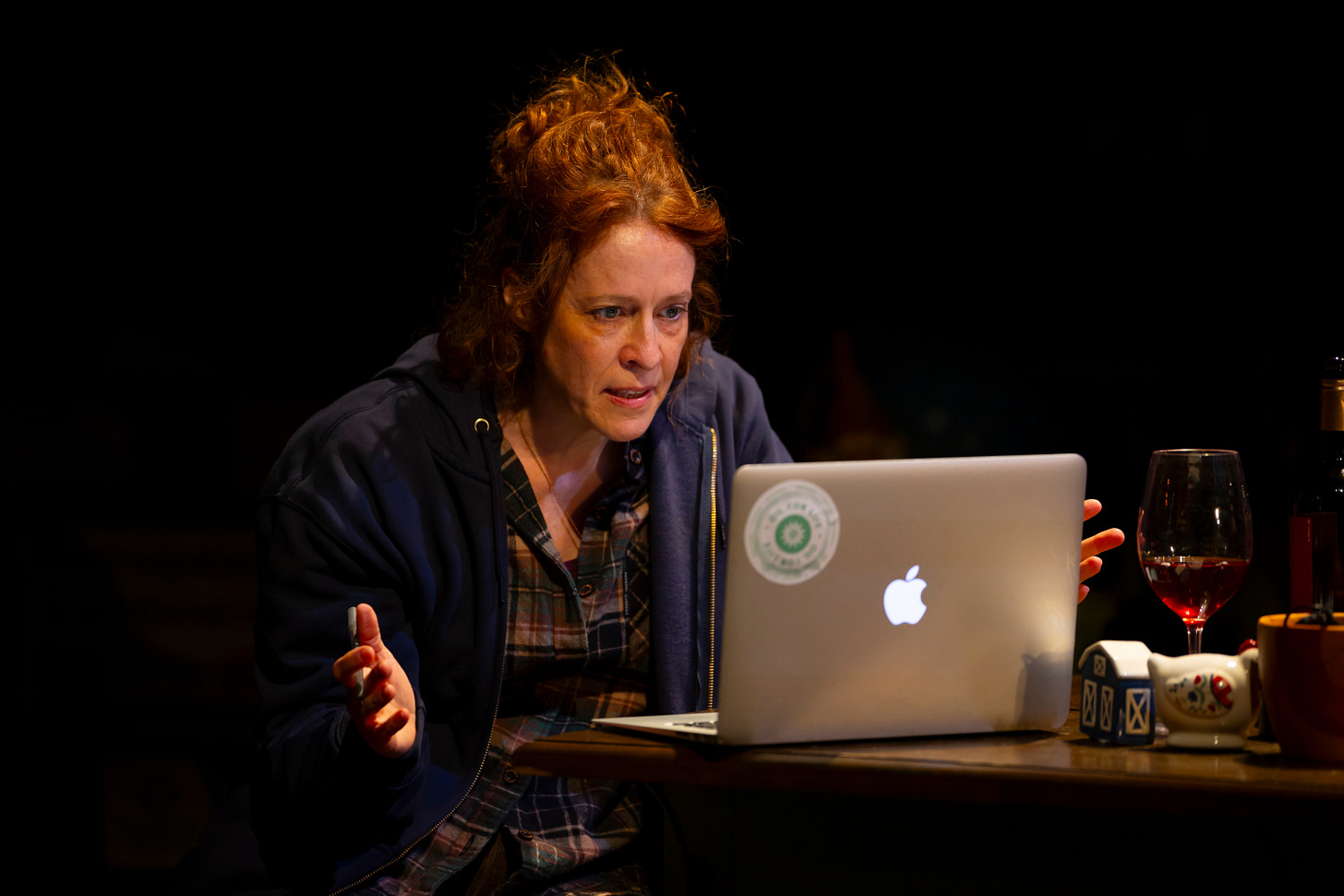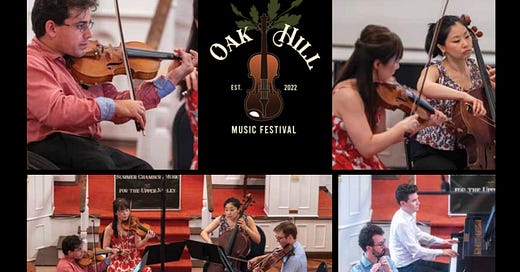. . . died, divorced, beheaded, survived.” It’s the refrain that schoolchildren learn to describe the fates of the six wives of Henry VIII. SIX the Musical is the award-winning stage production that tells the tale of the queens’ lives, reimagined as a sort of goth-glam competition that compares the relative ups and downs of each queen’s time with husband Henry.
SIX the Musical (Teen Edition) is the latest production of the Trumbull Hall Troupe, a theatre group for young people founded twenty-one years ago by author Jodi Picoult, Marjorie Rose, and Ellen Wilber. Set to open for a three night run at Briggs Opera House in White River Junction, Vermont (August 15, 16, 17), the musical, with six actors/singers, is currently in rehearsal. I was invited to take a peek.
The actors are members of the Trumbull Hall Troupe, high school students or recent graduates now in college or college-bound in the fall. They come from all over the Upper Valley, including Hanover, Wilder, Norwich, White River Junction, Cornish, and Quechee. When asked to fill me in on each of their characters, they were sharp on their history, providing thumbnail sketches of each of the wives. All of them love the community fostered by the experience of being in the theater and are stage veterans, having appeared in previous productions at Trumbull Hall, North Country Community Theater, high school plays, and Northern Stage.

Lia Hammond is Anne Boleyn, an historical figure with whom Lia has been fascinated for some time. Ava Bucci portrays Anne of Cleves, who may have gotten the best deal of all after being spurned by the king. She sings of the wealth bestowed upon her by Henry and her relative freedom to do as she pleases. Amelia Whipple is in the role of Jane Seymour, who died in childbirth after giving Henry his only male heir. She may have been the only wife whom Henry mourned.
Maddie Garrow, whose love of the stage began at age 4, is wife #1, Catherine of Aragon. Catherine Parr is portrayed by Cora Winslow; Cora is headed to college to study music education and vocal performing. Macy Bettwieser takes the role of Katherine Howard; historians are divided on whether her first name begins with a K or a C. Spelling was not uniform in Henry’s time.
As talented as the actors are, there is also a team of adult volunteers to shepherd the project to completion, including Director Lanni Luce West. During the rehearsal, Alejandro Figueroa claimed a corner of the room to map out some choreography. Fabi Hammond snapped photos and is handling social media. The costumer Theresa Westage was quietly unpacking and arranging pairs of flashy studded boots behind each actor. And Alicia Stein, music director, was in front, putting the singers through warmup exercises and musical numbers. She’s encouraging, cajoling, correcting, hands in constant motion on the keyboard or in the air, following up each segment with a determined “Moving on!” Rehearsal time is a precious commodity.
The reason for founding Trumbull Hall Troupe was not only a desire to provide a quality theater experience for young actors, but to give young people a sense of empowerment by providing them with a means to help others. Proceeds raised through ticket sales are funneled to three different local charities, described here.
More information, including how to purchase tickets now on sale, is available on the THT website.
——————————————
Amélie. Did you love the movie? See it on stage. Northern Stage’s Summer Musical Theater Intensive “is bringing the magic of Amélie to life with a vibrant cast of young artists who will transport you straight to the whimsical streets of Paris.” Performances begin July 29, tickets are on sale now.
——————————————
Thank you! You’re reading Artful, a blog about arts and culture in the Upper Valley, and I hope you’ll subscribe (still free) and then share this post with your friends and on your social media. We are closing in on a total of 3200 subscribers.
The Hopkins Center for the Arts helps support Artful and joins Artful in celebrating those who love, make and share the art in our community. View the Hop’s 25/26 season.
And in case you are wondering . . . Susan B. Apel shuttered a lifelong career as a law professor to continue an interest (since kindergarten) in writing. Her freelance business, The Next Word, includes literary and feature writing; her work has appeared in a variety of lit mags and other publications including Art New England, The Woven Tale Press, The Arts Fuse, and Persimmon Tree. She connects with her neighbors through Artful, her blog about arts and culture in the Upper Valley. She’s in love with the written word.

